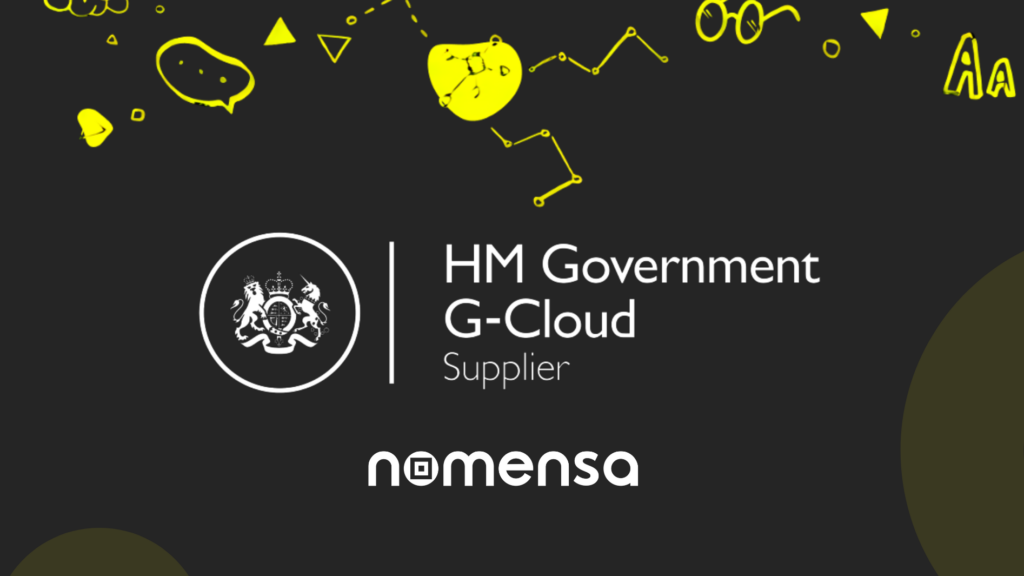We have to collaborate with humans quite often. This is an occupational hazard of our work as human-centred designers. Jokes aside, we love collaborating because it makes our work more impactful and helps our clients create more meaningful connections with their customers.
And yet, collaboration can be very challenging. We don’t often talk about this, but when your work involves other people, creativity, new ideas, and a lot of discussions, hard moments are inevitable. Unfortunately, when these moments happen, many of us choose to either engage in unproductive debate OR run away by ignoring the issue, changing the subject, or agreeing when we shouldn’t. We make these choices to keep the session moving. It’s a classic fight or flight response on a very human level.
So what do you do when emotions run high, collaboration grinds to a halt, or the magic of creative energy dies at the hands of someone’s mood?
As business partners, we’ve spent years practicing what we call Honest Collaboration. Before we get into the practical “how” to do it, it’s important to mention a foundational trait needed to practice Honest Collaboration: awareness.
Once you become *aware* of your response when collaboration is thwarted, you can choose a different approach. Honest Collaboration happens when you choose not to run from or mindlessly engage in dead-end debates. Instead, you go into them, through them, and come out on the other side all the better.
That was a lot of ado. So, now without any further, here are some practical steps you can take to practice Honest Collaboration at work or in life:
- Notice the shift – do your best to stay present in all of your collaboration efforts so that you can notice when something has changed (i.e. someone has shutdown or become aggressive). The best way to stay present is to [actively listen](https://cxby.design/are-you-listening/).
- Check your intention – remind yourself of the goal you’re trying to reach in collaborating in the first place. Usually, the goal is to work together to develop with the best outcome or solution. You aren’t here to “win.” Put your ego aside, and keep the end-goal of a shared success in mind.
- Be Curious – assumptions are the mothers of all f/ups. There is no one truth. “Truth” is perspective. There’s your perspective. And there’s someone else’s. When the two meet and agree, you now share a “truth.” But, if they don’t, that’s where your collaboration will suffer from misunderstanding and misalignment. Lead with respectful curiosity. Create a safe place for the other person to share their perspectives.
- Understand the facts – emotions will run high in high-pressure situations. Facts are important to temper emotions and get the conversation back on track. Ask yourself: is the story I’m telling myself true? Deal in facts, not unvalidated stories.
- Be Brutally Honest – respectfully and calmly, be clear, specific, sincere, and authentic. Without raising your voice, state observable facts and your honest perspective. This will always move the conversation forward.
- Listen Intently – give other people room to express their truth. Focus on what you’re hearing, not what to say next to one up the person speaking. Again, [active listening](https://cxby.design/active-listening-customer-research-a-practical-introduction/) will be helpful here.
- Don’t Expect Perfection – you will mess this up. These are hard conversations, there are many nuances. Just like a project output needs to be iterated on, so do these conversations. Remain curious, respectful, and present, you can correct course.
- Expect a positive outcome – hard conversations allow us to grow as professionals, collaborators, and humans. These are all good things. Being aware of your intentions, being respectfully curious, arming yourself with facts, listening intently, being brutally honest, and knowing this isn’t about you winning – these are all win/win tools.
- Turn discussion into action – agree on next steps (small or big) that bring the team forward. Don’t let these honest conversations fall to the wayside. After all, Honest Collaboration is only as good as what you do about it going forward.
- Practice – practice these types of conversations as much as you can. In the mirror, with your partner, teammates, clients. The more you practice, reflect, learn, and iterate for the next conversation, the better you’ll become.
Check out these sketch notes from our talk

Illustration by Emily Trotter, Principal UX Designer and Illustrator at Nomensa
Watch our talk from Collaborate Virtual 2021
This type of collaboration has done a great deal for our business, our client relationships, and our resulting work. If you’re curious to learn more about how to handle hard conversations, we recommend starting with this article on Words and phrases to avoid in difficult conversations, as well as this book on Crucial Conversations.
We encourage you to try our brand of Honest Collaboration, and of course, we’d love to hear your thoughts or stories when you do.
Our collaboration series:
Part One: The art of collaboration
Part Two: Becoming a more collaborative individual
Part Three: Becoming a more collaborative team
We drive commercial value for our clients by creating experiences that engage and delight the people they touch.
Email us:
hello@nomensa.com
Call us:
+44 (0) 117 929 7333




